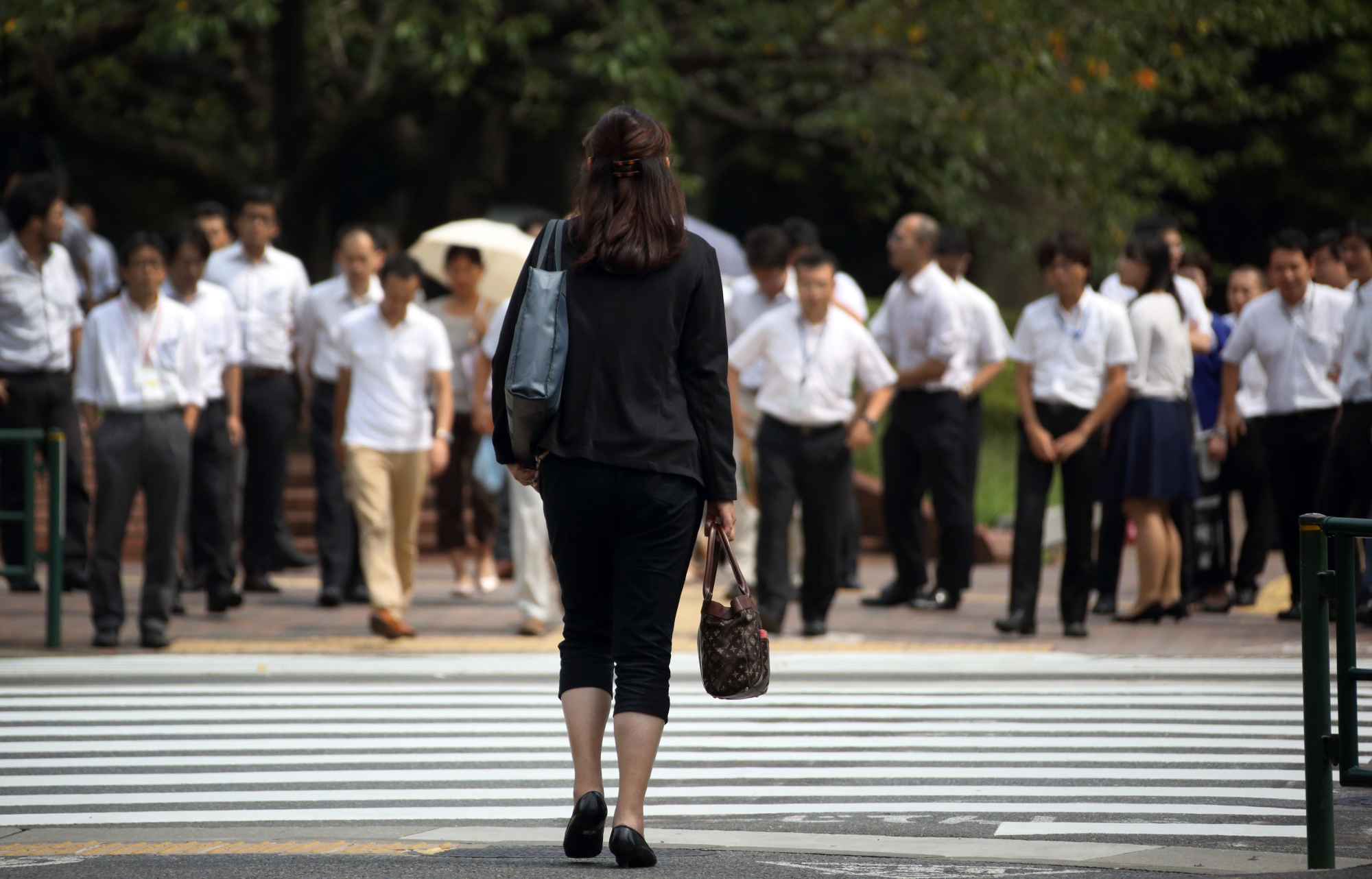Securing a sufficient labor force is an indispensable condition for sustainable economic growth. As Japan's population falls, the so-called working age population (from 15 to 64) also declines, so it becomes even more important for our economy to secure a sufficient labor force in the future by expanding women's participation in the labor market, accepting more foreign workers or substituting human labor with artificial intelligence or robots. Many difficult problems await, however.
In 2017, Japan had a labor force of 67.2 million (people 15 or older either employed or seeking jobs). Compared with the peak in 1998, the figure represents only a decline of some 700,000 people. In recent years, the pace of decline in the labor force was mitigated as many potential workers were able to find jobs due to the manpower shortage amid the economy's recovery. However, government forecast shows that the labor force will shrink to around 58.0 million in 2030 — a decline of 14 percent over the next 13 years. In my calculation assuming that the labor participation rate will remain constant at the 2015 level, the labor force is projected to fall some 40 percent by 2065 due to a decline in the number of young people.
A declining labor force not only makes economic growth stagnant but also weakens consumption, negatively affecting the economy from both the supply and demand sides. To deal with the decline, the nation needs to promote the labor participation of women, the elderly and foreign workers.


















With your current subscription plan you can comment on stories. However, before writing your first comment, please create a display name in the Profile section of your subscriber account page.